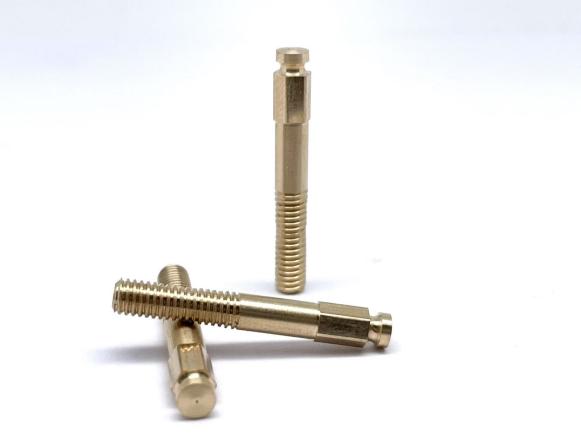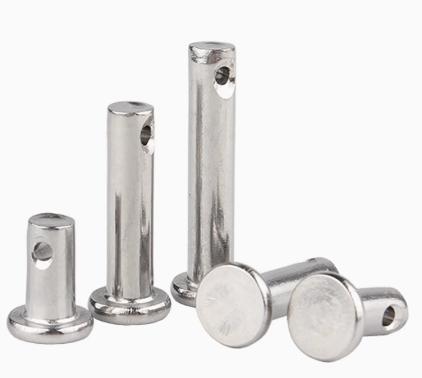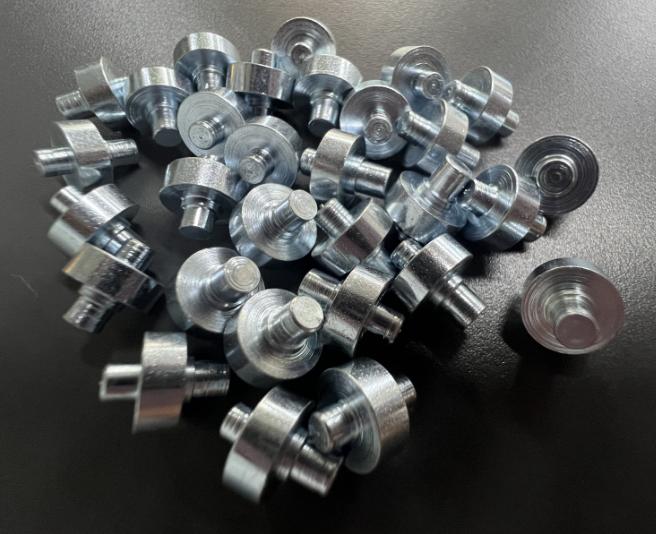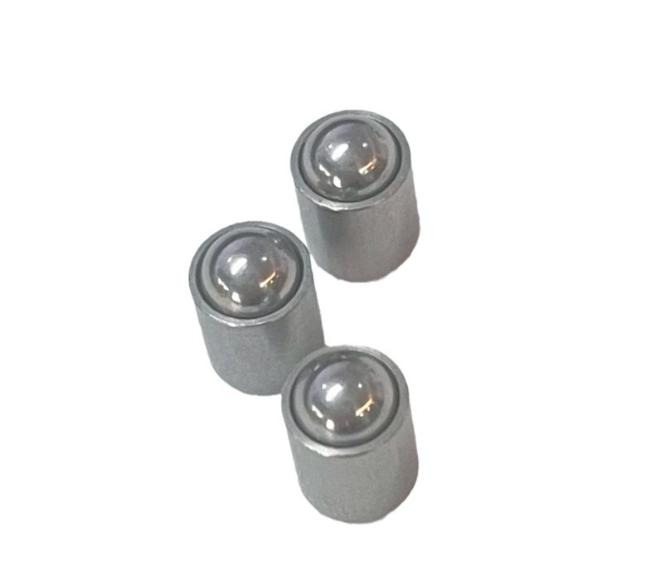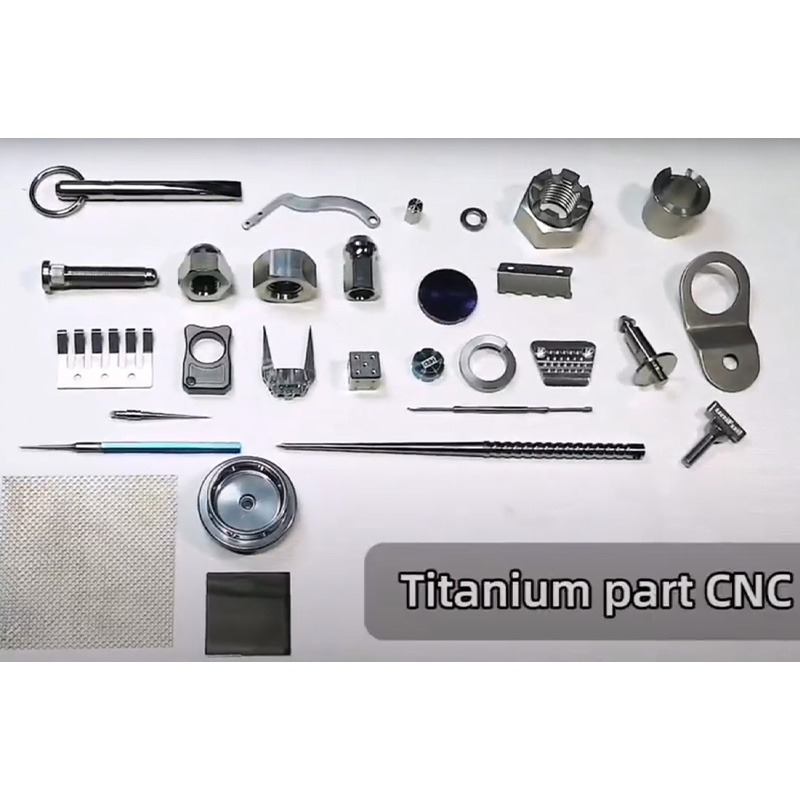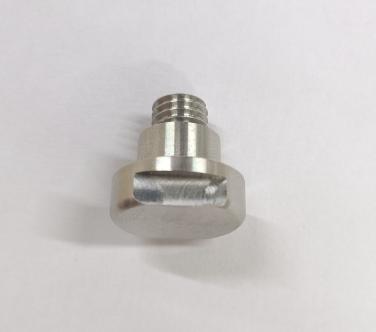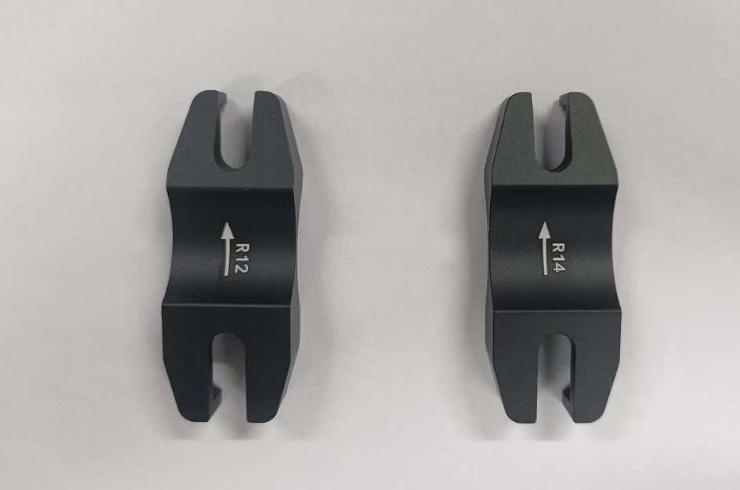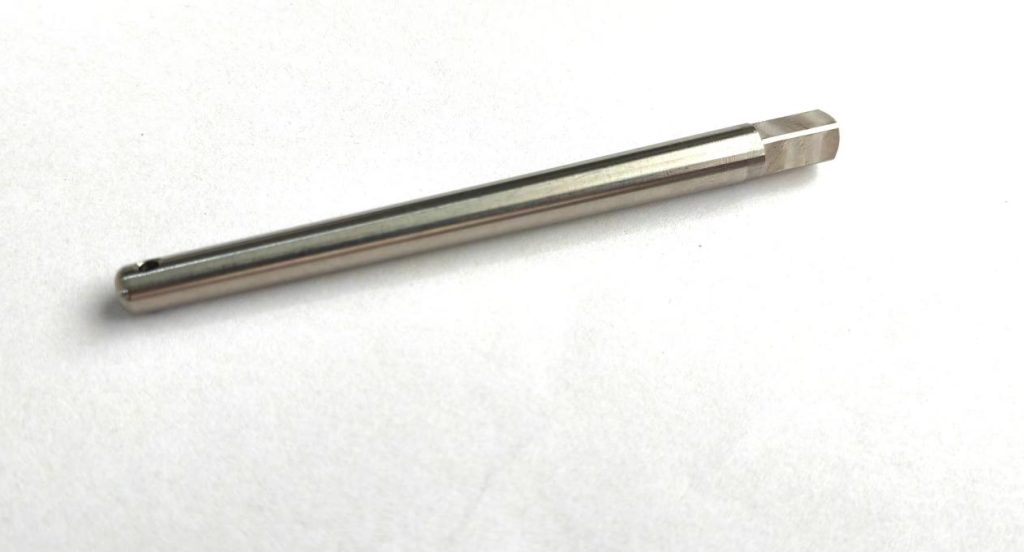Rivets vs. Welding: Which Jointing Method to Choose
When it comes to joining materials, rivets and welding are two of the most widely used methods across various industries, including construction, automotive, aerospace, and shipbuilding. Each technique has its advantages and limitations. This article provides a detailed comparison between rivets vs. welding and and the key factors to consider when choosing between the two methods.
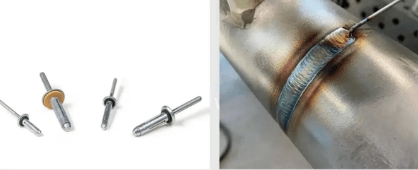
Table of Contents
What are Rivets
Rivets are mechanical fasteners used to join two or more materials permanently. A rivet consists of a smooth cylindrical shaft with a head on one end. During installation, the tail end of the rivet is deformed (usually by hammering or using a rivet gun) to create a second head, securing the materials together. Rivets are made from aluminum, steel, or titanium, depending on the application. Commonly used types of rivets include solid rivets, pop rivets, split rivets, tubular and self-piercing rivets, each designed for specific applications.

Advantages of Rivets
- No Heat Required: Riveting does not involve high temperatures, making it suitable for materials that are sensitive to heat or may warp under thermal stress.
- Ease of Inspection: Riveted joints are easy to inspect visually, as the presence of the rivet heads ensures a secure connection.
- Durability: Rivets are highly resistant to vibration and can maintain their strength over time, making them ideal for applications like aircraft and bridges.
- Material Compatibility: Rivets can join dissimilar materials, such as metal to plastic or composite materials, without issues like galvanic corrosion.
Limitations of Rivets
- Weight: Rivets add weight to the structure, which can be a disadvantage in weight-sensitive applications like aerospace.
- Labor-Intensive: The installation process can be time-consuming and requires skilled labor.
- Stress Concentration: Rivet holes can create stress concentrations, potentially weakening the material around the joint.
Applications of Rivets
- Aerospace: Rivets are widely used in aircraft construction due to their vibration resistance and reliability.
- Bridges and Infrastructure: Rivets provide durable connections for structural steelwork.
- Automotive: Rivets are used in body panels and chassis components.
- Electronics: Rivets are ideal for joining heat-sensitive components.
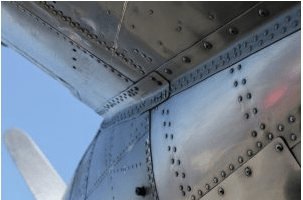
What is Welding
Welding is a fabrication process that joins materials, typically metals, by melting the workpieces and adding a filler material to form a strong joint. Common welding techniques include arc welding, MIG welding, TIG welding, and spot welding. The process creates a metallurgical bond, making the joint as strong as, or even stronger than, the base materials.
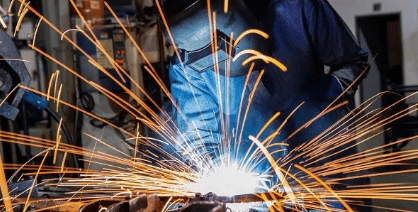
Advantages of Welding
Strength: Welded joints are often stronger than the base materials, providing excellent structural integrity.
Weight Efficiency: Welding does not require additional fasteners, reducing the overall weight of the structure.
Seamless Joints: Welding creates smooth, continuous joints that are ideal for applications requiring airtight or watertight seals.
Versatility: Welding can be used on a wide range of materials and thicknesses, making it suitable for diverse industries.
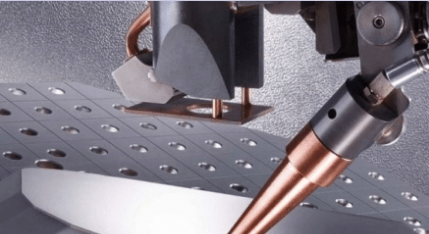
Limitations of Welding
Heat-Affected Zone (HAZ): The high temperatures involved in welding can alter the material properties, leading to potential weaknesses or distortions.
Skill Requirement: Welding requires highly skilled operators and specialized equipment.
Inspection Challenges: Welded joints often require non-destructive testing (NDT) methods, such as X-rays or ultrasonic testing, to ensure quality.
Material Limitations: Welding is not suitable for all materials, particularly those that are heat-sensitive or prone to cracking.
Applications of Welding
- Construction: Welding is used in building frameworks, pipelines, and heavy machinery.
- Automotive: Welding is essential for assembling car frames and exhaust systems.
- Shipbuilding: Welding provides strong, watertight joints for hulls and decks.
- Manufacturing: Welding is used in the production of appliances, tools, and industrial equipment.
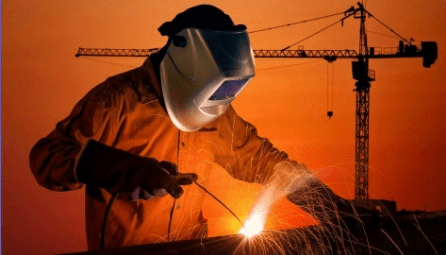
A Comparative Analysis of Rivets vs. Welding
| Aspect | Rivets | Welding |
| Process | Mechanical fastening | Metallurgical bonding |
| Heat Application | No heat required | High temperatures involved |
| Strength | Strong, but limited by rivet strength | Can be as strong as the base material |
| Weight | Adds weight due to rivets | Lightweight, no additional fasteners |
| Inspection | Visual inspection is straightforward | Requires specialized testing methods |
| Skill Level | Moderate skill required | High skill and precision required |
| Material Compatibility | Can join dissimilar materials | Limited to compatible materials |
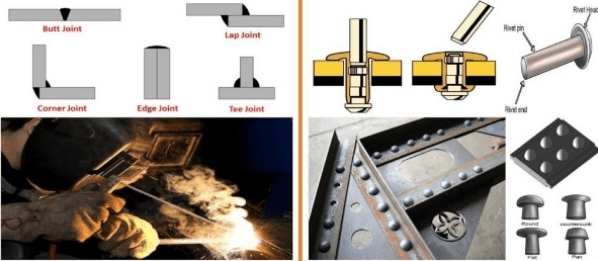
Key Factors to Consider for Choosing Between Rivets vs. Welding
This chart highlights the key considerations when deciding between rivets and welding, helping to guide the choice based on the specific requirements of the project.
| Factor | Rivets | Welding |
| Material Compatibility | Can join dissimilar materials (e.g., metal to plastic) | Limited to compatible materials; heat can damage sensitive materials |
| Strength Requirements | Strong, but limited by rivet strength | Can be as strong as or stronger than the base material |
| Weight Considerations | Adds weight due to rivets | Lightweight; no additional fasteners |
| Heat Sensitivity | No heat required; ideal for heat-sensitive materials | High heat can warp or weaken heat-sensitive materials |
| Vibration Resistance | Excellent; ideal for dynamic loads | Good, but welded joints may crack under extreme vibration |
| Inspection | Easy visual inspection | Requires specialized testing (e.g., X-rays, ultrasonic) |
| Skill and Labor | Moderate skill required; labor-intensive | High skill and precision required; faster for large-scale projects |
| Cost | Cost-effective for small projects | Higher initial cost due to equipment and skilled labor |
| Environmental Conditions | Performs well in harsh environments (e.g., corrosion-resistant rivets) | May require protective coatings for harsh environments |
| Aesthetics | Visible rivet heads; may not be suitable for smooth finishes | Creates seamless, smooth joints; ideal for aesthetic applications |
| Repair and Maintenance | Easier to repair or replace | Difficult to repair; may require cutting and re-welding |

Summary
Use Rivets When:
- Joining dissimilar materials, such as metal and plastic.
- Heat distortion is a concern (e.g., thin sheets, sensitive materials).
- Easy inspection and maintenance are required.
- The application requires resistance to vibration and fatigue (e.g., aircraft structures).
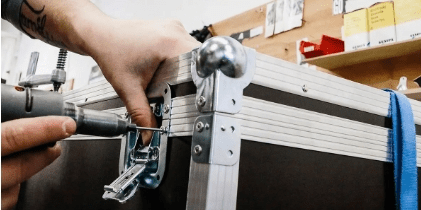
Use Welding When:
- High-strength and seamless joints are needed.
- Weight reduction is a priority (e.g., automotive and aerospace).
- Aesthetics are important, and a smooth finish is desired.
- Mass production efficiency is required with automated welding processes.
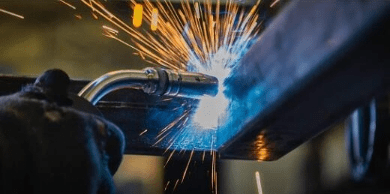
Final Thoughts
Both rivets and welding have their unique benefits and drawbacks and the choice between rivets vs. welding depends on the application’s specific requirements. While welding offers a stronger, seamless connection suitable for structural integrity, riveting remains a reliable alternative for applications where heat effects, material compatibility, and ease of maintenance are primary concerns. Understanding the advantages and limitations of each method allows industries to make informed decisions that ensure durability, efficiency and cost-effectiveness.

